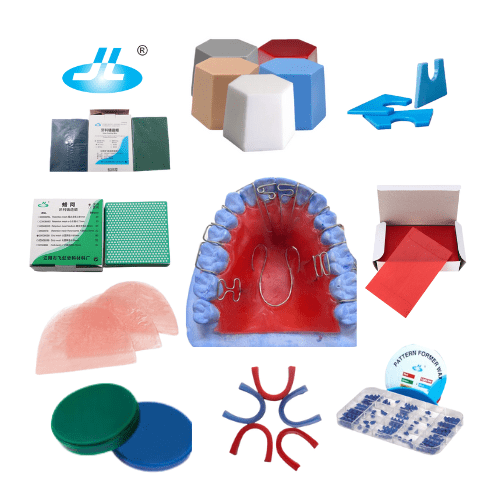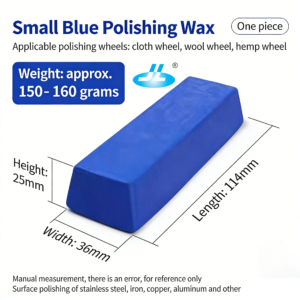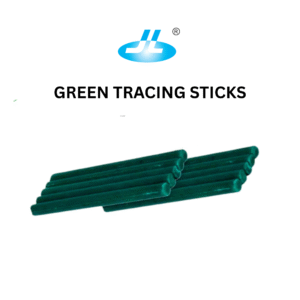Unleashing Creativity with Sculpting Wax: A Guide for Dental Labs
Dental labs play a crucial role in the field of dentistry, as they are responsible for creating customized dental prostheses that fit seamlessly into a patient’s mouth. One of the most versatile materials used in dental labs is sculpting wax, which can be molded and carved to create various dental prostheses such as dentures, crowns, bridges, and orthodontic appliances. In this article, we will explore the benefits of sculpting wax and how it can be used to create stunning dental prostheses.
What is Sculpting Wax?
Sculpting wax is a malleable material that is made from a blend of natural waxes, such as beeswax and carnauba wax, along with synthetic waxes. The wax is formulated to be soft and pliable at room temperature, allowing it to be easily molded and shaped into various forms.
Benefits of Sculpting Wax



Sculpting wax offers numerous benefits for dental labs, such as:
Versatility: Sculpting wax can be used to create a wide range of dental prostheses, from full dentures to small orthodontic appliances. Its malleability allows dental technicians to create intricate designs and details with ease.
Ease of use: Sculpting wax is easy to work with and requires minimal tools, making it an ideal material for dental labs of all sizes.
Cost-effective: Compared to other materials used in dental prostheses, sculpting wax is relatively inexpensive, making it an affordable option for dental labs.
Biocompatibility: Sculpting wax is biocompatible, meaning it is safe to use in a patient’s mouth without causing any adverse reactions.
Uses of Sculpting Wax in Dental Prostheses
Sculpting wax can be used to create various dental prostheses, including:
Dentures: Sculpting wax is often used to create a wax try-in of a patient’s dentures before they are fabricated in acrylic or other materials. This allows the patient to try out the dentures and make adjustments before the final product is created.
Crowns and bridges: Sculpting wax is used to create a wax pattern of the crown or bridge, which is then cast in metal or fabricated in ceramic.
Orthodontic appliances: Sculpting wax can be used to create small components of orthodontic appliances, such as brackets and buttons.
Implant prostheses: Sculpting wax can be used to create a wax pattern of an implant prosthesis, which is then cast in metal or fabricated in ceramic.
Tips for Working with Sculpting Wax
Working with sculpting wax requires a steady hand and some practice, but with the right techniques, dental technicians can create stunning dental prostheses. Here are some tips for working with sculpting wax:
Warm up the wax: Sculpting wax can be stiff at room temperature, so it is important to warm it up before use. This can be done by holding the wax in your hands or using a heat gun on a low setting.
Use the right tools: Dental technicians should use tools specifically designed for sculpting wax, such as spatulas, carvers, and wax knives.
Keep it clean: Sculpting wax can pick up debris and dust easily, so it is important to keep your workspace clean and free of any contaminants.
Practice, practice, practice: Like any skill, working with sculpting wax takes practice. Dental technicians should take the time to hone their skills and experiment with different techniques.




